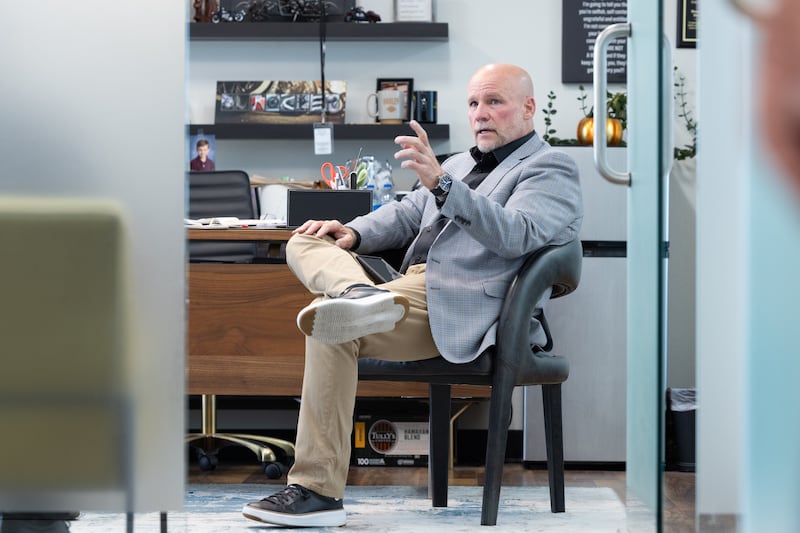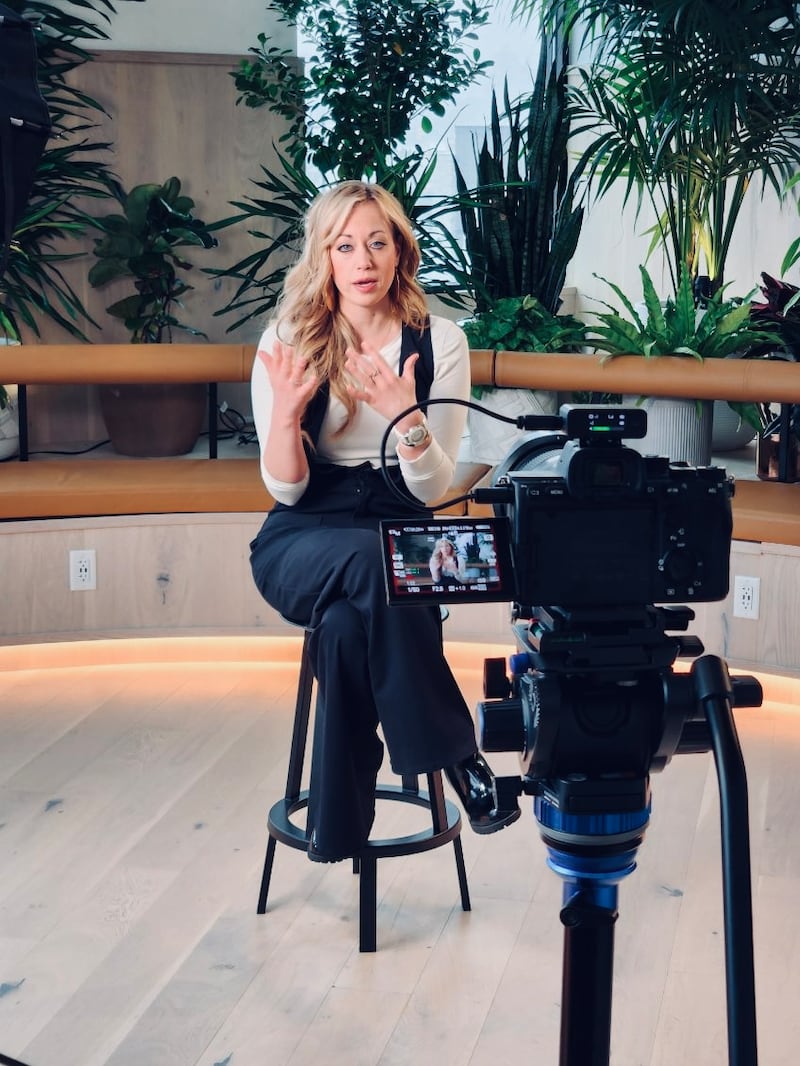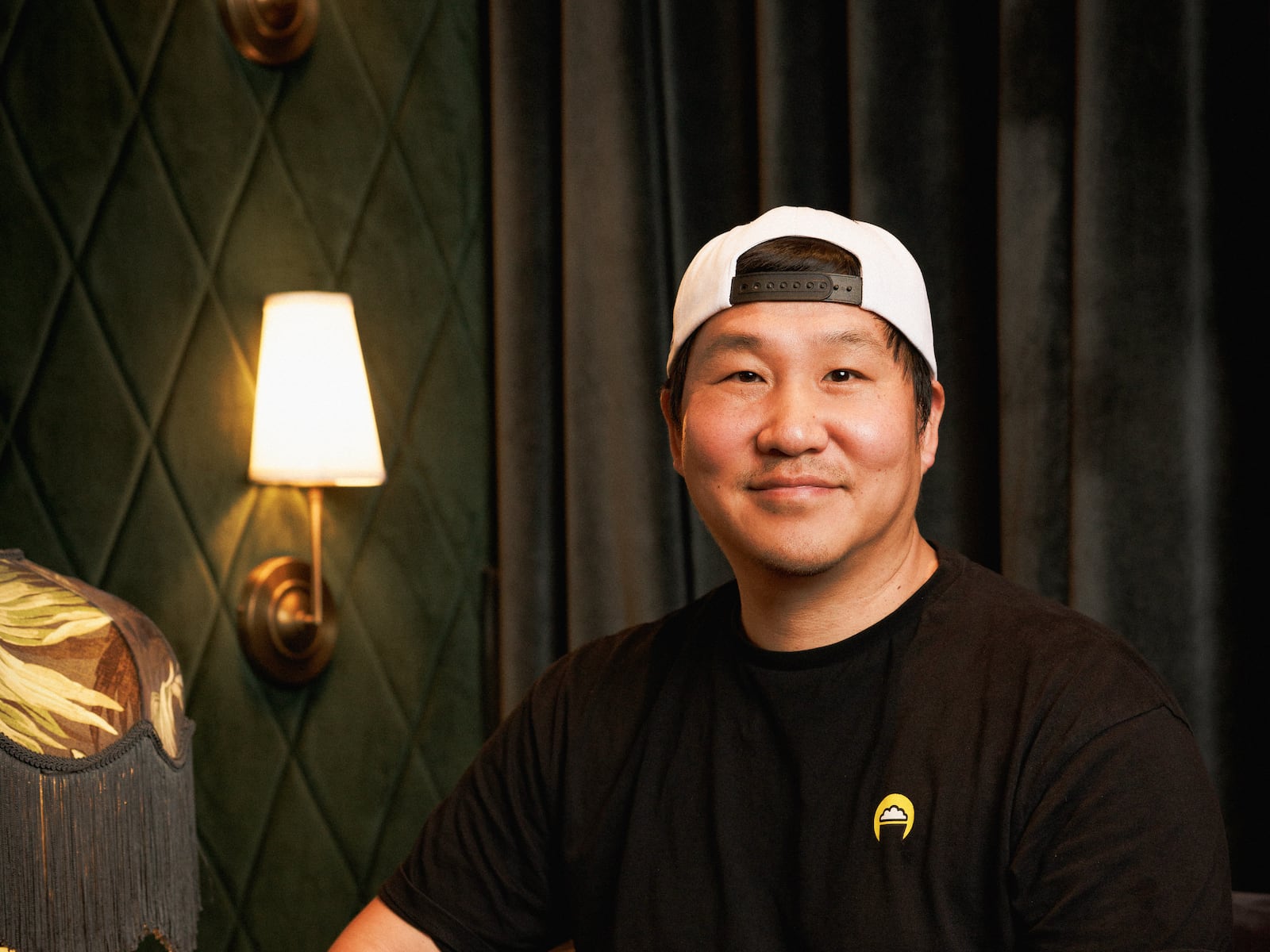This article spotlights esteemed people and culture experts slated to present at Utah Business Forward. With six distinct tracks covering Acquisition, AI, Branding, Entrepreneurship, People & Culture, and Performance, this dynamic event will take place on November 20, 2024, at the Grand America Hotel in Salt Lake City.
In the early days of Cupbop, Junghun Song stood outside of his food truck hoping to lure hungry patrons over with the fragrant aroma of Korean cuisine. But food trucks often have lots of competition, and when there are multiple trucks in one location, aromas intermingle, leaving fate in the hands — or grumbling stomach — of the wandering customer. Song decided that wasn’t going to cut it. So he started dancing.
A breakdancer at his core, Song utilized his talents to quelch the boredom of waiting for customers while simultaneously drawing their attention. It worked. Very well.
Eleven years later, Cupbop has grown from a local food truck to a global entity. Along the way, Song partnered with Dok Kwon, who couldn’t stop thinking about the food truck and its entertaining owner while living in New York and working as an investment banker.
Through its expansion, Cupbop’s brand remained rooted in the playfulness that helped earn the company a loyal fanbase. It’s an authenticity that is deeply woven into the company’s culture.
“The Cupbop brand got on the map and got its beginning as this kind of fun, crazy food truck with these loud Asians. We want to keep that — and that’s something that we want to show by example,” Kwon says. “Brand and culture are everything. That is the only mode and competitive advantage that we have. Who we are at our core — our brand — is what makes us.”
Culture is a word that gets thrown around a lot these days. Companies realize that, in order to keep employees in an ever-changing workforce, creating a culture that allows workers to thrive is key. An Arbinger Institute study revealed that, among leaders surveyed, 90 percent say the importance of company culture is increasing in today’s market. Yet, in a November 2023 article, Gallup wrote that only two in 10 employees feel connected to their organization’s culture. Buzzword aside, knowing what a culture can be is often very different from bringing one to life.
Practice what you preach
“Culture is very hard,” Kwon says. “But one thing we’ll never do is give up on creating better culture.”
Like most things in the business landscape, creating a culture where employees can thrive depends on a purposeful strategy and committed stakeholders.
“The reason why culture is so hard is because it’s so elusive. There isn’t a metric that really tells you, like it does with financials, how much impact we’re having. Sometimes that can be very discouraging,” Kwon says. “But that doesn’t change the fact that we need to put culture front and center over the long term.”
The culture at Cupbop encourages joy. It channels the early days of Song breakdancing in front of food trucks; playing games of rock, paper, scissors with employees; and engaging in hot sauce challenges. It ties back to a brand that was built with authenticity and a desire to connect. As Cupbop continues to grow, Kwon says egos need to be left at the door.
“We have a common goal. None of us are better than the other, and I think the more we try to frame things around what is best for the company as a whole, it helps eliminate a lot of silos and helps give perspective.”
Build trust by hearing hard truths
During the twice-weekly breakthrough groups at The Other Side Academy, residents sit in groups of 20 and prepare to call one another out on their behavior. No one, from the executive director to the newest resident, gets a pass.
“We are all held to the same standard. There is no favoritism. That’s what keeps the organization so healthy,” says Dave Durocher, executive director of The Other Side Academy.
Durocher describes The Other Side Academy as a 30-month residential life skills and training school for “the most lost among us. Our average student has been arrested 25.6 times. We’re dealing with a portion of the population that is very difficult to serve — the long-term drug addict coupled with the criminal piece.”
The Other Side Academy is free for residents — and it is independent from government support. “We take no money from the government at all so we can do what’s best for our students,” Durocher says. “We have social enterprises that generate our revenue.”
The Other Side Academy takes its inspiration from the Delancey Street Foundation in California, where Durocher lived as both a resident and then onsite manager for nearly a decade. In the nine years since The Other Side Academy opened its doors, it has graduated thousands of residents from Salt Lake — and the recently expanded Denver location — who have gone on to live healthy, successful lives.
Durocher says resident success is rooted in accountability. That means being able to call one another out when someone slips up and everyone owning their mistakes, even when the truth hurts. Durocher knows the tactic might feel uncomfortable to bring into organizations, but he believes it is a key component to building a culture where people can thrive.
“You hear organizations talk about accountability all of the time, [but] very few know what that means. At The Other Side Academy, it’s the lifeline of this organization,” Durocher says. “You can’t really have a thriving culture of accountability if you don’t allow your people to hold each other accountable. If you care about people, you tell them the truth.”

Forge connections
The words “I see you,” etched on the side of a cup, inspired the name of leadership consultant Julie Lee’s podcast. It was, Lee recalls, a reminder that she was supported. That someone had her back during a time of her life that she describes as rather dark.
“I was under some really toxic leadership, and I had a complete mental breakdown,” Lee recalls. “I had always been so outgoing. I just crumbled under this leadership and became so not confident in my abilities to do anything.”
Through the compassion of a different leader, Lee slowly revived herself, building up her confidence bit by bit. Her experience piqued her curiosity about workforce culture and behavior. She began inviting people with similarly life-changing leadership experiences onto her podcast. Two and a half years later, she was offered a book contract.
Now, Lee uses her experiences to address leaders who want to humanize their work culture by infusing connection into it.
“People don’t usually leave jobs; they leave bosses,” Lee says. “Connection needs to be a paramount priority in every organization for it to be successful. What I say to leaders is, ‘Happiness isn’t your business — it’s none of our jobs to make people happy — but connection is.’”
To encourage connection in the workplace, Lee reminds leaders that trust is crucial and hard-won. It all begins with clear communication.
“For an employee to thrive, they need to know what to expect,” Lee says. “They need to feel seen as a human, … [know] their strengths are actually being used and highlighted, and … feel trusted because they have a leader that’s willing to ask for help not just give help.”

Engage with the people and culture
After 25 years at Intermountain Health, Chief People Officer Heather Brace has not forgotten where she started. A first-generation college graduate, Brace began her career with Intermountain as a frontline leader. Now, she is responsible for Intermountain’s engagement culture for over 65,000 employees across seven states.
“A deep passion of mine is [thinking about] how we grow our own people because that’s been so important in my own journey,” Brace says.
In her experience, opportunity plays a considerable role.
“Thriving is about possibilities,” Brace says, adding that part of creating opportunities is intentionally engaging with employees to identify what opportunities would be beneficial.
“Engagement is simple but hard,” Brace says. “It’s hard because it requires someone to intentionally do the things. It usually comes down to communication, listening, authentically caring about people [and] connecting with people on a regular basis. Those are the simple things, but they’re hard because you have to do them.”
Brace and her team have found success in thinking about the continuum of caregivers within their organization — employees that range in age from 16 to mid-eighties — and striving not to take a one-size-fits-all approach where possible. This manifests in ways such as how the organization uses caregiver voices to inform policy decisions and offer education benefits that can be utilized by the employee or transferred to a child, spouse or partner. It’s a practice rooted in being authentically engaged — and it works.
“Engagement is two-way. [It] isn’t all about the benefit of the organization; it’s a relationship,” Brace says. “Find ongoing ways that you are connecting both individually and effectively with your team [until] it becomes a habit and a best practice. Ask simple questions. Become a leader that is not a telling leader — be an asking leader.”

